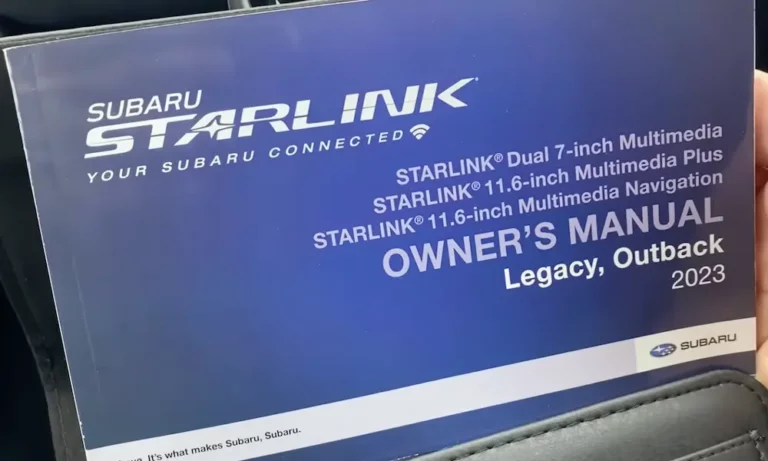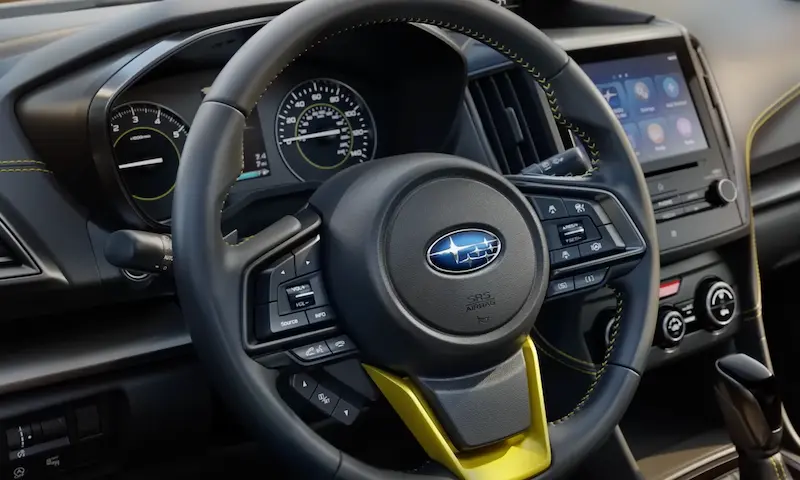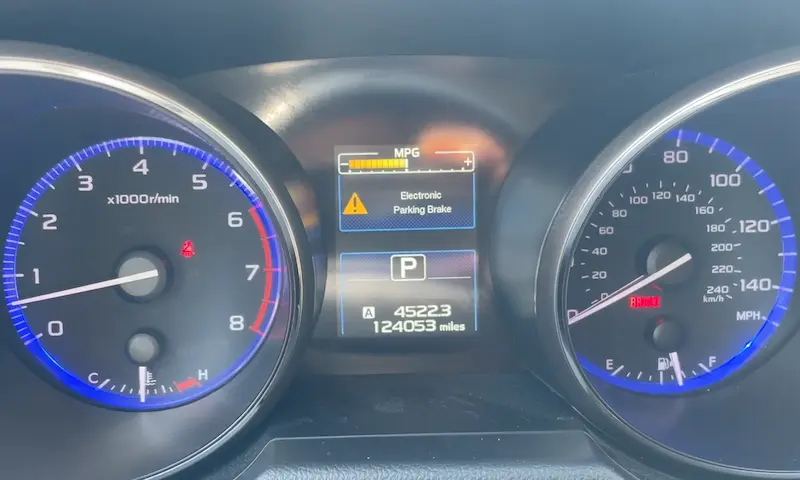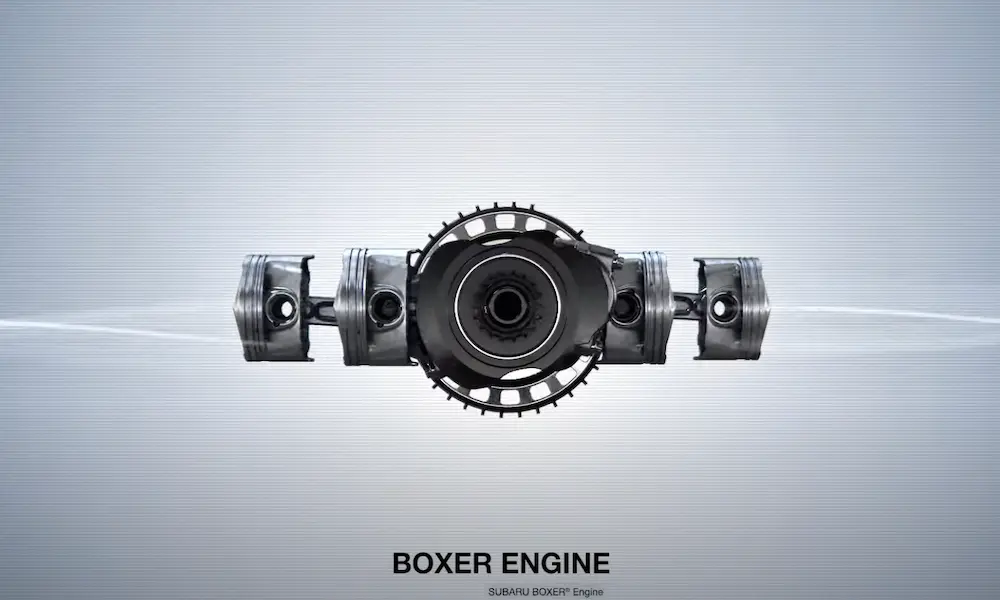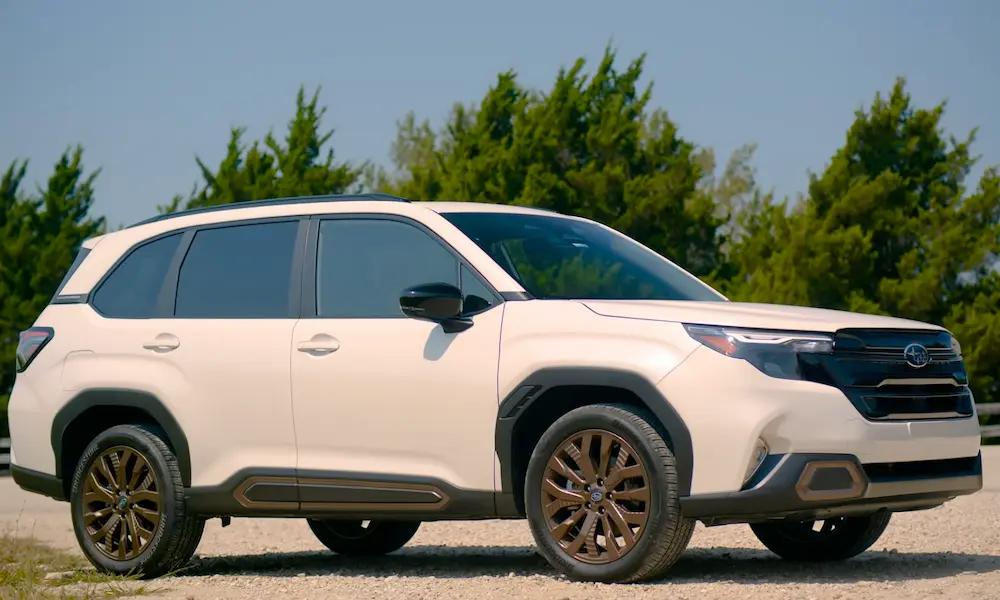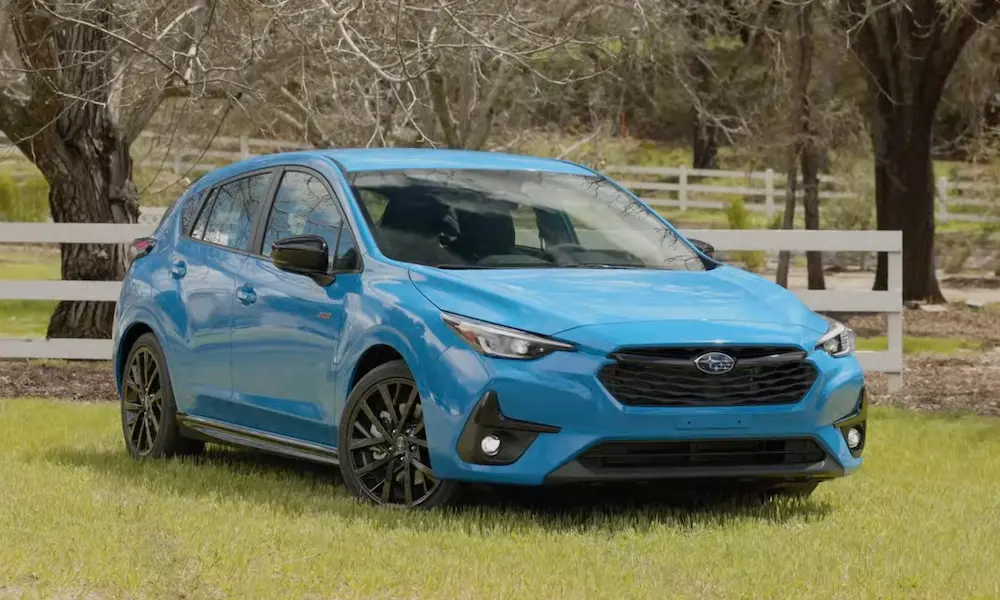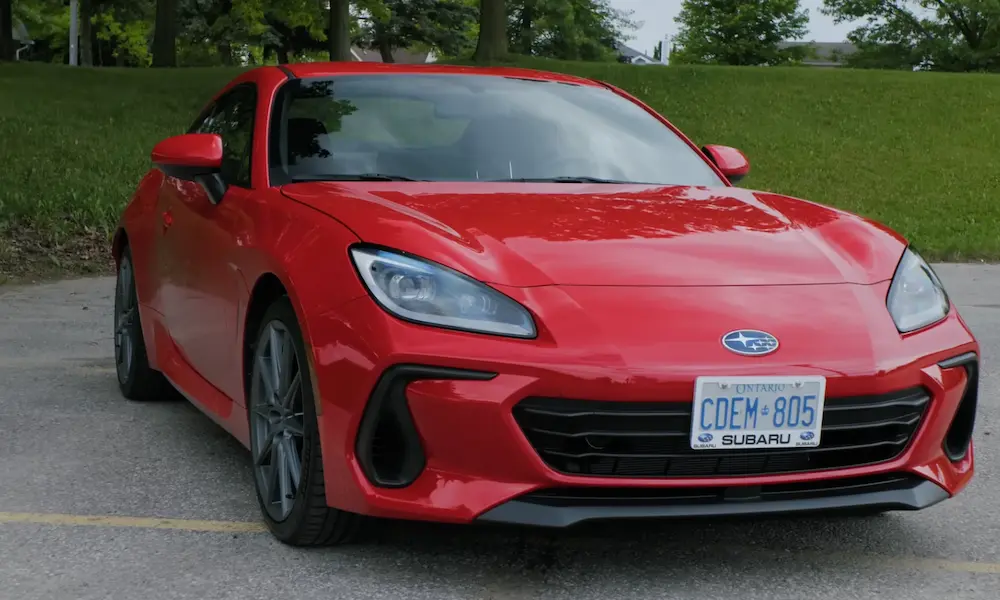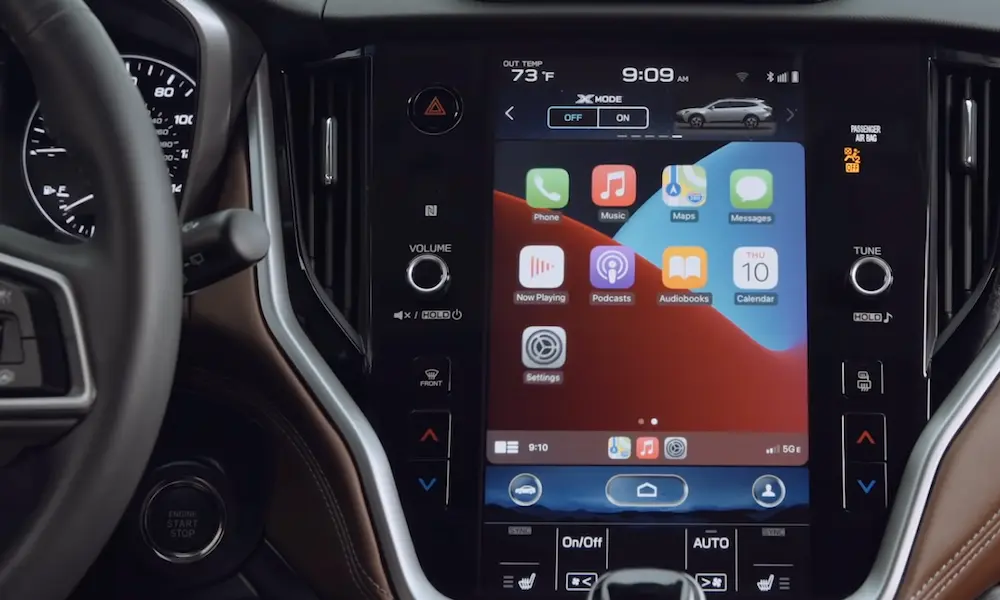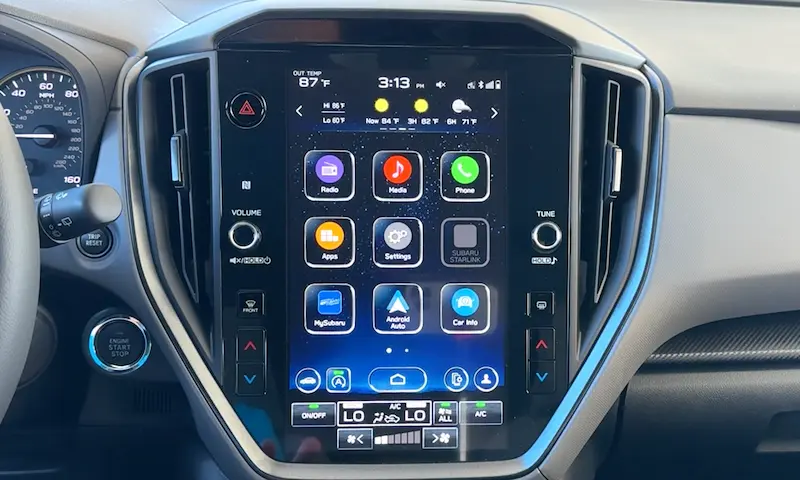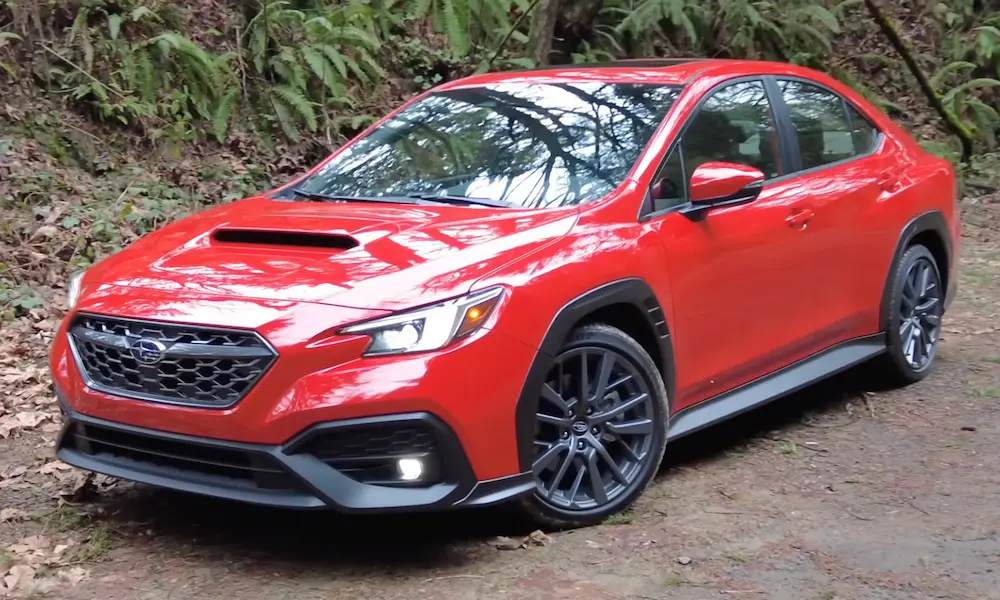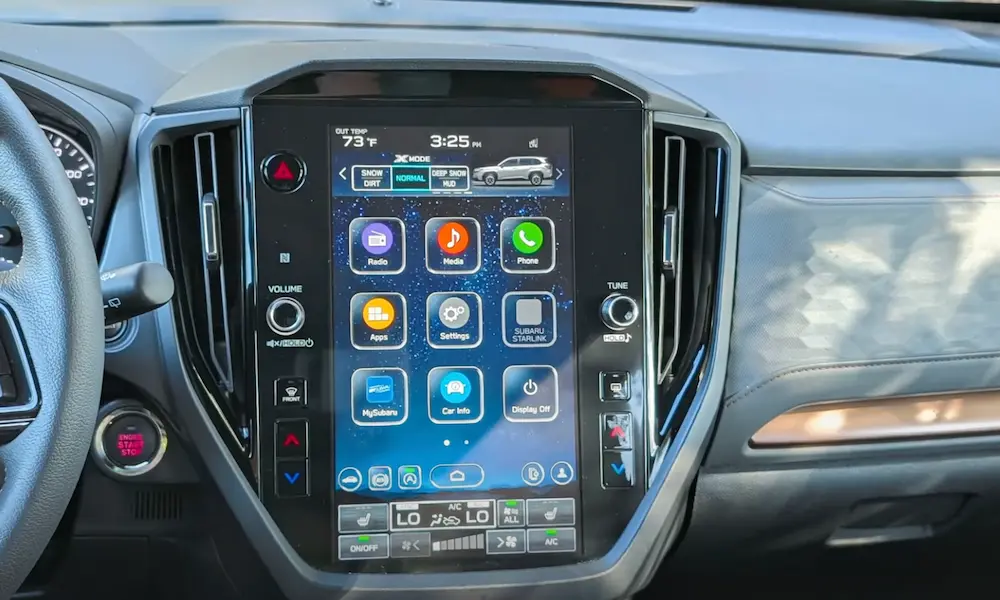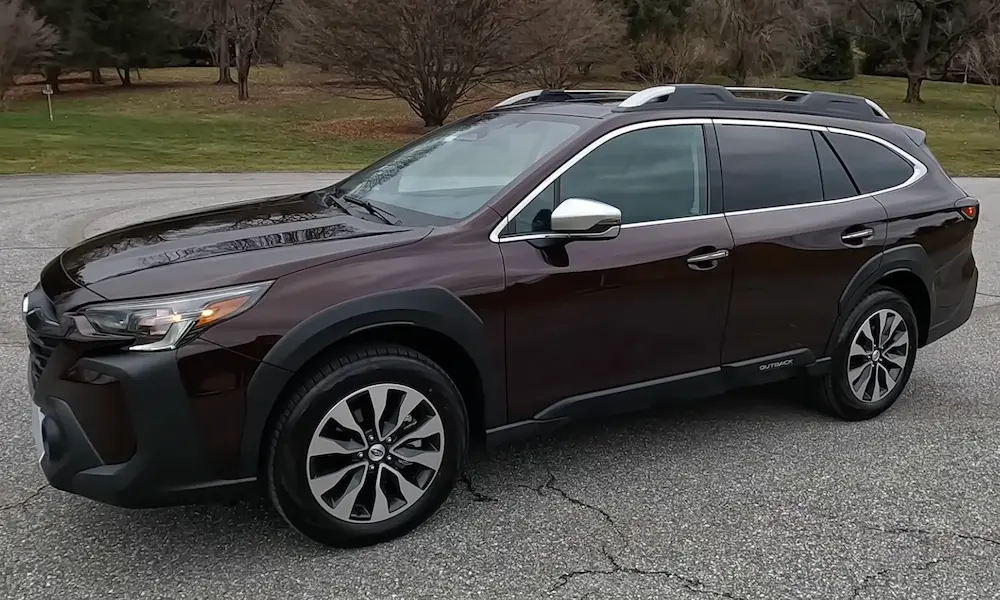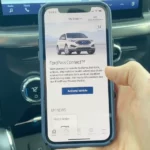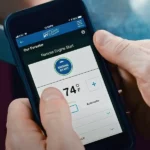Ever wondered if that Subaru Starlink subscription is actually worth your hard-earned cash? Whether you’re a new Subaru owner contemplating the service or a current subscriber questioning renewal, this guide cuts through the marketing hype to help you decide if Starlink deserves a place in your budget.
What Exactly Is Subaru Starlink?
Subaru Starlink is a connected vehicle service that links your car to your smartphone, giving you remote access and safety features. The system operates through cellular connectivity and comes in two main subscription packages:
Safety Plus Package Features
The Safety Plus package focuses on emergency services and includes:
- Automatic Collision Notification that calls for help if you’re in an accident
- SOS Emergency Assistance for on-demand help
- Enhanced Roadside Assistance for breakdowns
- Maintenance Notifications and Vehicle Health Reports
- Diagnostic Alerts for potential issues
- Service Appointment Scheduling capability
Security Plus Package Features
The Security Plus package adds convenience features on top of Safety Plus:
- Remote Engine Start with Climate Control
- Remote Lock/Unlock capabilities
- Remote Horn and Lights activation
- Vehicle Locator for those “where did I park?” moments
- Stolen Vehicle Recovery and Immobilizer
- Boundary, Speed, and Curfew Alerts for parents of teen drivers
- Navigation integration (for models with built-in nav systems)
How Much Does Starlink Actually Cost?
The price has changed over the years, and not in subscribers’ favor:
- Previously, users reported paying around $75 for 3 years (roughly $25/year)
- Current pricing has jumped significantly, with users reporting approximately:
- $100 for the Safety Plus package
- An additional $50 for Security Plus features
Many new Subarus come with a free trial period (typically 3-6 months), giving you time to test before committing.
When Starlink Really Proves Its Worth
Potentially Life-Saving Emergency Response
The most compelling reason to subscribe comes from real emergency situations. One Subaru owner shared this experience:
“We rolled over onto that side & I was hanging by my seat belt, my wife on the bottom side… Within seconds a Starlink voice asked us if we had an accident and confirmed the road we were on. He called the cops and firefighters, who arrived within 10 minutes. He stayed on the line with us the whole time.”
This automatic response can be crucial when seconds count, especially in remote areas or if the driver is incapacitated.
Vehicle Theft Protection That Works
Multiple owners have shared theft recovery success stories:
“My wife had her 2020 Impreza stolen twice in a year and starlink immobilized the vehicle and started blasting a warning at full volume over the sound system. Police recovered the vehicle both times and we just went and picked it up from wherever they found it.”
Another simply stated: “My car got stolen and starlink was all of a sudden worth so much more money than I paid for it. Found it immediately.”
Some insurance companies even offer discounts for having this type of tracking/immobilization system.
Remote Climate Control: Small Luxury, Big Comfort
The most frequently praised day-to-day feature is remote climate control:
“Being able to turn on the heated seats and set the climate controls remotely to warm the car up in the winter time makes it more than worth it to me.”
“I like watching my car de-ice while I sip my coffee all warm and comfy inside.”
This feature brings genuine comfort in extreme weather regions—whether you’re avoiding freezing seats in winter or scorching leather in summer.
| Climate | Value of Remote Start Feature |
|---|---|
| Extreme cold (-10°F and below) | Very high – prevents freezing, warms cabin, defrosts windows |
| Moderate cold (32°F to 20°F) | High – improves comfort, reduces scraping |
| Mild (33°F to 75°F) | Low – minimal temperature adjustment needed |
| Hot (75°F+ with humid conditions) | High – cools leather seats, reduces initial discomfort |
| Very hot (95°F+) | Very high – makes vehicle habitable, cools surfaces |
When Starlink Falls Short
Technical Reliability Issues
Multiple users across different model years have reported persistent problems:
- 2022 Foresters experienced widespread connectivity issues
- Some 2025 Forester owners reported hardware problems requiring parts replacement
- Many users describe frustrating troubleshooting experiences requiring multiple dealer visits
One frustrated 2023 Forester owner shared: “I’m feeling drained because it seems like I’ve spent more time in a loaner than actually driving my 2023. I just want to enjoy my own car!”
Diminished Value for Certain Users
Not everyone will get equal value from Starlink:
- If your car is garaged, remote climate control becomes much less important
- Urban drivers who rarely park beyond key fob range may not need remote access
- Those who primarily use their phones for navigation and entertainment might question the additional subscription cost
Security Concerns
Some tech-savvy users have expressed theoretical security concerns: “I wonder when it gets hacked. Not if, when. Just imagine someone remotely starting your car parked in the garage, in the middle of the night.”
While no specific hacking incidents involving Starlink were found in user reports, connected vehicle security remains a general concern in the industry.
Who Should Pay for Starlink?
Based on real user experiences, Starlink provides maximum value for:
High-Value Use Cases
- Extreme Climate Residents: If you contend with sub-zero winters or scorching summers
- Parents of Teen Drivers: The boundary and speed monitoring features provide peace of mind
- Urban Dwellers in High-Crime Areas: The theft recovery system can pay for itself in one incident
- Remote Area Travelers: The emergency assistance could be genuinely life-saving
- People Who Are Frequently Forgetful: Remote lock/unlock and vehicle locator help when you’re scatter-brained
Lower-Value Use Cases
- Garage-Parkers: Your climate is already controlled—why pay for remote start?
- Mild Climate Residents: The temperature management features offer less value
- Budget-Conscious Owners: Aftermarket remote starters may offer better value (though fewer features)
- Tech-Savvy Users: Those comfortable with alternative solutions may find better value elsewhere
Starlink Alternatives
If the cost of Starlink seems steep, consider these alternatives:
| Alternative | Approximate Cost | Pros | Cons |
|---|---|---|---|
| Aftermarket Remote Start | $200-500 (one-time) | No subscription, longer range than key fobs | No smartphone control, no GPS tracking |
| OEM Key Fob Remote Start | Included with some trims | No subscription fees | Limited range (typically under 100 ft) |
| Third-Party GPS Trackers | $100-300 + $5-15/month | Lower monthly costs, may work across vehicles | Separate app, no deep integration with vehicle |
| Insurance-Provided Trackers | Often free or discounted | May reduce insurance premiums | Limited functionality, primarily for insurance purposes |
Getting the Most From Your Starlink Subscription
If you do subscribe, maximize your value by:
- Download and set up the MySubaru app immediately to ensure you’re familiar with all features
- Set up all alert preferences including maintenance reminders and diagnostic alerts
- Test the remote features regularly so you’re familiar with them when you need them
- Check for promotions or multi-year discounts that can reduce the annual cost
- Take advantage of the free trial period to thoroughly evaluate if you use the features enough
Is Subaru Starlink Worth It? The Bottom Line
Starlink’s worth depends entirely on your circumstances and how you use your Subaru:
For many, the safety net of emergency services alone justifies the cost—especially those who drive in remote areas or have health concerns. The theft recovery features have proven their value for urban dwellers. And the daily convenience of remote climate control can transform your morning routine in harsh weather.
However, the service isn’t without frustrations. Technical reliability issues affect some users, and the price increases have pushed many long-term subscribers away. Those who primarily keep their vehicles garaged or live in mild climates might find less value in many of Starlink’s headline features.
Before deciding, honestly assess:
- How often will you actually use the remote features?
- Do you live in an area where climate control provides significant benefit?
- Is the peace of mind from emergency services worth the annual cost for your situation?
- How reliable is cellular service in the areas where you typically drive?
The recent price increases have definitely shifted the value equation, but for many users, Starlink remains a worthwhile investment in safety, security, and convenience—particularly when they’ve experienced its benefits firsthand during emergencies or vehicle thefts.

